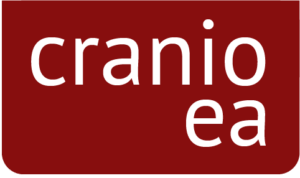 Craniosacral Therapy for Babies and Children
Craniosacral Therapy for Babies and Children
A child’s experience
During the birth process there are strong mechanical forces in play that can affect a baby’s body, particularly in the skull, spine, shoulder area and pelvis. If the baby’s body’s innate self-healing power is not strong enough to compensate for this, craniosacral therapy can support their process.
What happens in a treatment?
Before the first treatment a conversation takes place between the parents and the therapist. At every meeting parents and baby are treated as much as possible. Working with this aim in mind usually turns out to be very positive and extremely relaxing for the whole family and the family system. Even a 5-minute hands-on treatment can also be very extensive and beneficial.
Every treatment is individual.
In any treatment, I tune into the baby or young child with deep gentle empathy. I carefully listen to the body, sensing through my hands while paying attention to any gestures or bodily movement. The infant feels the positive intention and inner attitude of acceptance that I hold, while I apply different craniosacral hand positions and techniques. If during the treatment it becomes apparent that the infant does not like to be touched, I can also treat without touch, using resonance only.
Once the craniosacral regularisation started, children easily feel the benefits of the craniosacral treatments.
From the point of view of cranio, it is best if energy is able to flow freely in the body. Sometimes however, it is also bounded. Freeing up this life energy means that it can then become available again for the free development of these children, these beings we particularly hold so dear in our hearts.
Possible Applications:
- Help to process difficult births
- Support for beginning of life
- Breastfeeding
- Over-attachment problems
- Torticollis/wryneck
- Scar treatment
- Excessive crying
- Infants who spit excessively
- Concentration disorders
- Learning difficulties
- Digestive discomfort
- Developmental delays
